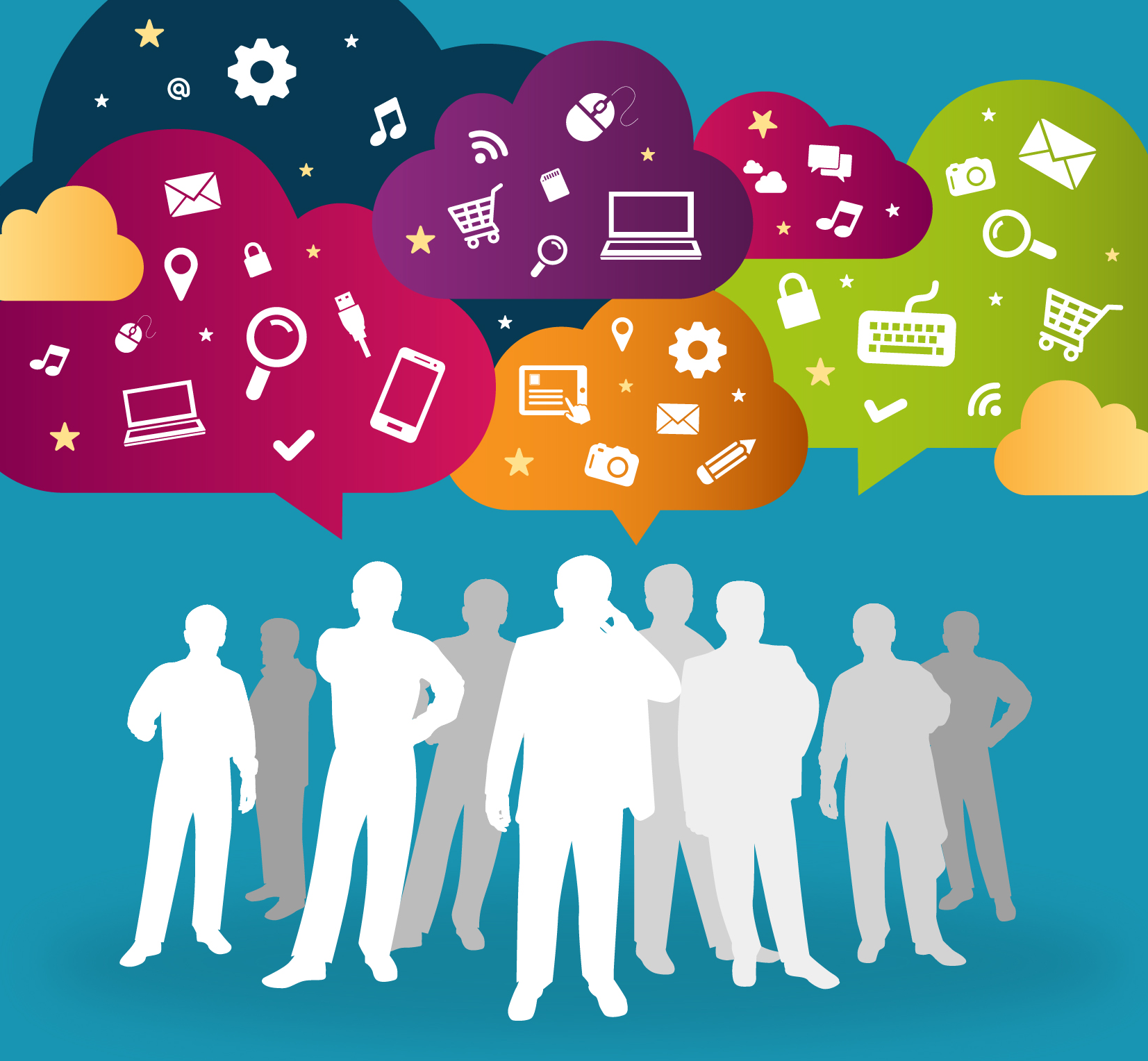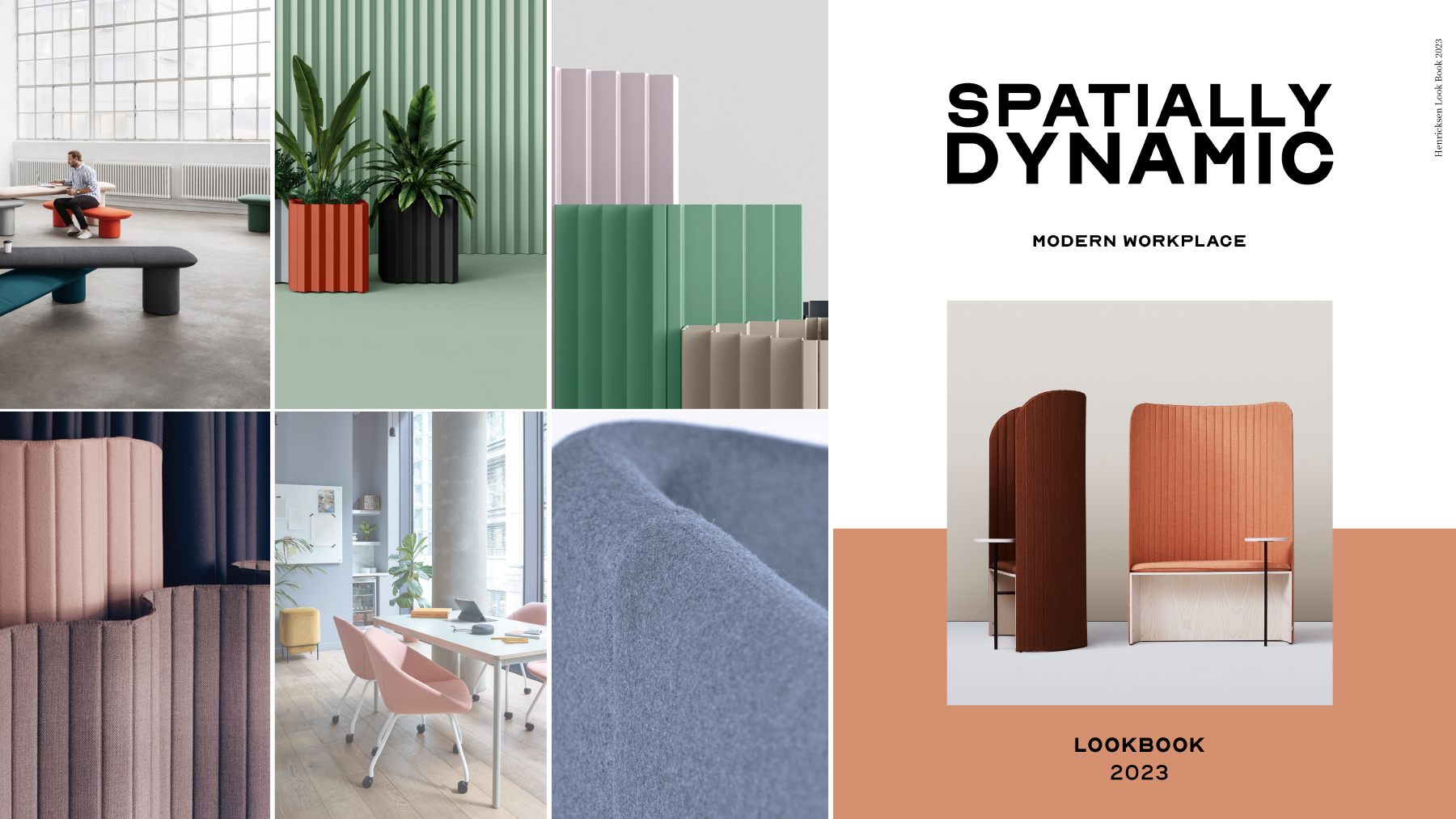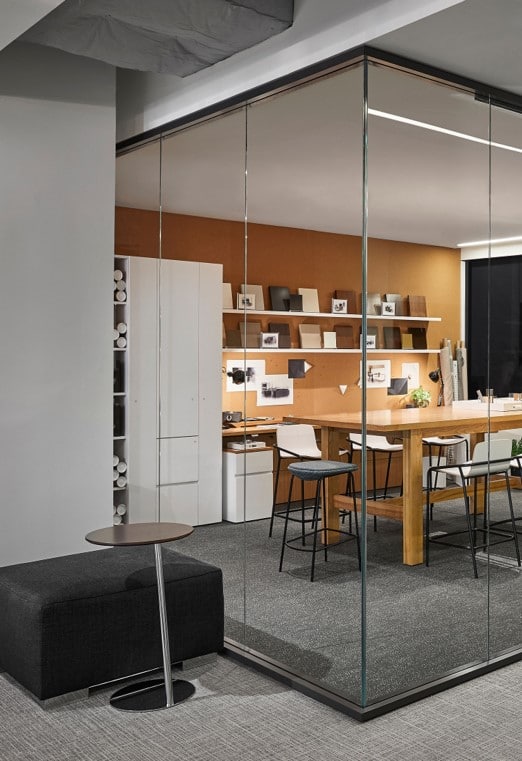We recently discussed Pantone’s Color of the Year for 2016 and noted that they’d made quite a departure from tradition.
Instead of a single color, they picked two… and all the shades between them.
 Their choice spoke directly to the state of flux in the world and the blurring of the lines of traditional perceptions. We’re seeing a similar phenomenon when it comes to the way we work in 2016 and beyond.
Their choice spoke directly to the state of flux in the world and the blurring of the lines of traditional perceptions. We’re seeing a similar phenomenon when it comes to the way we work in 2016 and beyond.
For quite some time we’ve been seeing a blurring of the lines of traditional perceptions regarding how, where and when we work, as well as with whom. We see 2016 as being the year when that blurring suddenly comes into focus, revealing a whole new world of working outside the box. Coloring outside the lines. Seeing outside the limitations.
What does the 2016 work environment look like?
Here are some of the key factors we believe will define how we work in 2016:
Global perspective:

Collaboration without borders. Teams formed according to necessity rather than location or organizational employment.
We’ll use technology to bring experts together when we need them to collaborate on specific projects. Teams will organically coalesce for indefinite periods of time then dissolve once their goals are met.
Anywhere, Anytime, Anyhow:
Work environments will organically form to support teams. ‘Office’ will be a term used to describe a built environment defined only by its exterior walls. Interior work spaces will constantly change within those walls in ways that best support the task at hand. Up to the minute technology will become increasingly important as a key communication vehicle. The only furniture and equipment you’ll see will be that which can support this fluidity and facilitate the technology being used.
Holistic and Whole Hearted.
 For several years there’s been much discussion about wellness and work / life balance. In 2016, we predict that this is a key area where a blurring of tradition will occur. It’s not just that technology keeps us connected and allows us to work anywhere, anytime, anyhow… it’s that we’re seeing generations evolve with technology virtually part of their DNA. They’re so connected that ‘unplugging’ is becoming outside the realm of possibility.
For several years there’s been much discussion about wellness and work / life balance. In 2016, we predict that this is a key area where a blurring of tradition will occur. It’s not just that technology keeps us connected and allows us to work anywhere, anytime, anyhow… it’s that we’re seeing generations evolve with technology virtually part of their DNA. They’re so connected that ‘unplugging’ is becoming outside the realm of possibility.
That’s why many large organizations are tapping into ‘mindfulness’ as a way to not just boost productivity, but also as a matter of survival.
Mindfulness and The ‘Now’ Factor.
 Instead of being ‘addicted to action’ and ended up burnt out and unhappy, the new philosophy is about being ‘centered in the now.’ What’s important right at this very instant? Instead of looking at work as a job, looking at it as an extension of ‘me.’
Instead of being ‘addicted to action’ and ended up burnt out and unhappy, the new philosophy is about being ‘centered in the now.’ What’s important right at this very instant? Instead of looking at work as a job, looking at it as an extension of ‘me.’
If I’m happy in what I’m doing, if I feel fulfilled intellectually, emotionally and spiritually in all areas, both work and personal, then I can be my most productive, my most creative.
To support this, office space designers and architects are placing more emphasis on ‘well’ buildings and organizational leadership is placing more emphasis on providing employees with support such as yoga classes, mindfulness workshops, healthy eating options, childcare, flexible working hours and so on.
Increasing knowledge work productivity.
Because many developed world societies produce income based on services and knowledge work rather than by manufacturing tangible products, it’s becoming more important to make an attempt to quantify the productivity associated with knowledge work. This isn’t easy given that knowledge work is an intangible activity. Studies have shown, however, that the impact of knowledge work performed by collaborative groups has a significant impact on an organization’s productivity or achievements. It seems that the sum of the whole is definitely greater than the individual parts. One individual excelling or slacking doesn’t make a huge difference at the end of the day. It’s the results of a group working together that is meaningful. This underscores that movement toward encouraging collaborative working and designing office spaces to support both spontaneous and planned collaboration.
It’s not ‘in with the new, out with the old’ it’s in with the best of both:
 If there’s one thing that 2016 will underscore, it’s the necessity for pragmatism. ‘Open plan’ and ‘collaborative spaces’ are the new mantra, but as we’ve seen, there has been some pretty heated debate over whether they’re more menace than ‘must have.’ The fact is, that while we have human beings as employees, we are going to have diversity. While there are some commonalities among any organization’s employees, there are also significant personality and work style differences.
If there’s one thing that 2016 will underscore, it’s the necessity for pragmatism. ‘Open plan’ and ‘collaborative spaces’ are the new mantra, but as we’ve seen, there has been some pretty heated debate over whether they’re more menace than ‘must have.’ The fact is, that while we have human beings as employees, we are going to have diversity. While there are some commonalities among any organization’s employees, there are also significant personality and work style differences.
This also applies to the myriad of tasks that make up an average work day. There’s a reason that the work environment has to be flexible and easy to adjust to support the task at hand. Not all tasks should be performed in a collaborative environment. Some do require focus and concentration which means they need to be performed in an area where a certain degree of privacy is provided.From this perspective, we’re seeing the pendulum that has swung from the extreme of private offices to the extreme of totally open plan coming to rest, quite logically, in a balance of both.
Task assigned rather than individual assigned private work space living in harmony with fluid, open plan work space. Rather than designating a static office layout, we’re seeing work environments coalescing in ‘noisy’ and ‘quiet’ zones with employees moving between these depending on their current task.
Autonomy
 We predict that the most successful office designs, in fact the most successful organizations in 2016, will be those that offer employees greater autonomy. Those that encourage their employees to be entrepreneurs within the organization, with greater responsibility and greater reward.
We predict that the most successful office designs, in fact the most successful organizations in 2016, will be those that offer employees greater autonomy. Those that encourage their employees to be entrepreneurs within the organization, with greater responsibility and greater reward.
Part of this strategy requires giving people control over where, how, when and with whom they work. This immediately allows them to not only feel more in control over their lives as a whole, but also gives them the freedom to work outside the box, getting things done more creatively and productively than ever before. We believe that this brave new approach to the work place will allow those blurred lines to come into focus to reveal a happier, healthier and more holistic future.


 Their choice spoke directly to the state of flux in the world and the blurring of the lines of traditional perceptions. We’re seeing a similar phenomenon when it comes to the way we work in 2016 and beyond.
Their choice spoke directly to the state of flux in the world and the blurring of the lines of traditional perceptions. We’re seeing a similar phenomenon when it comes to the way we work in 2016 and beyond.

